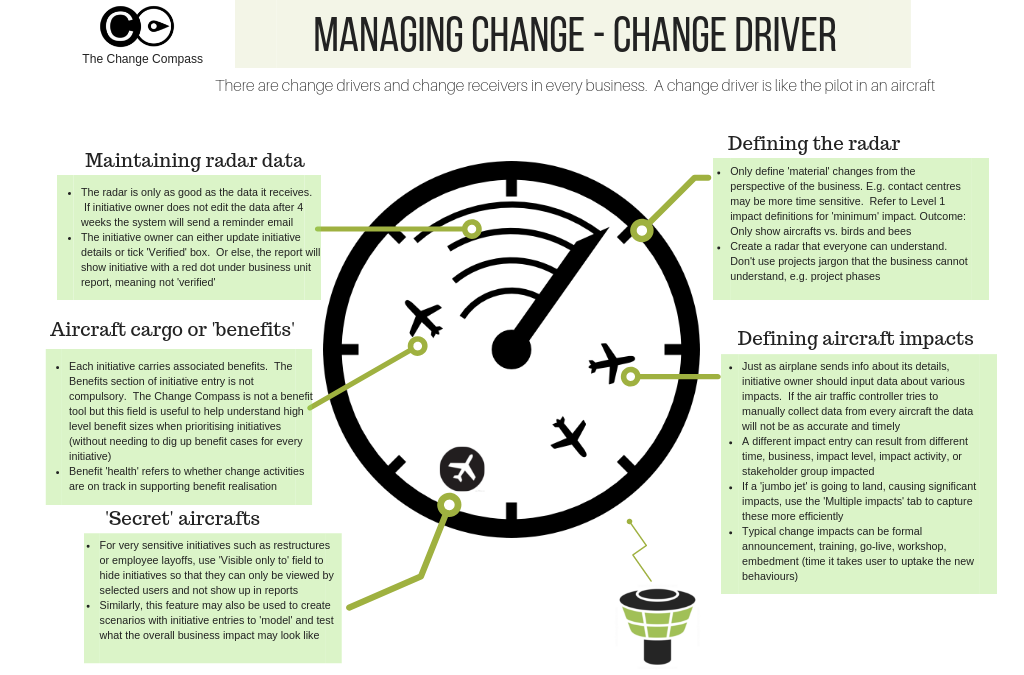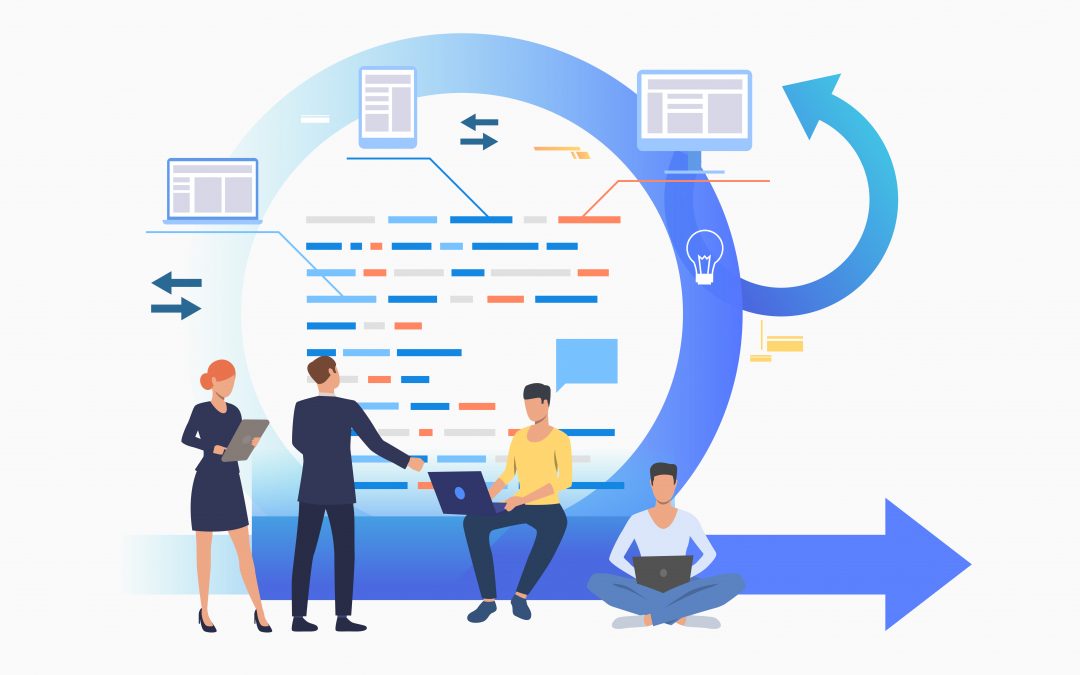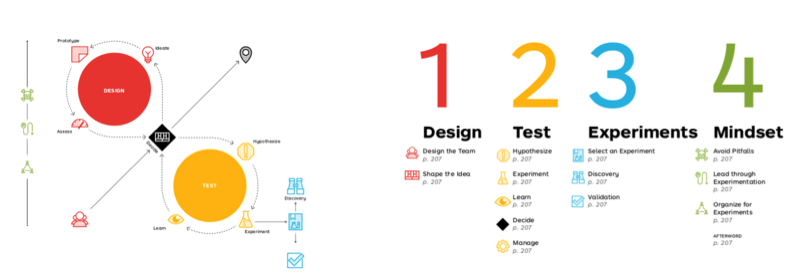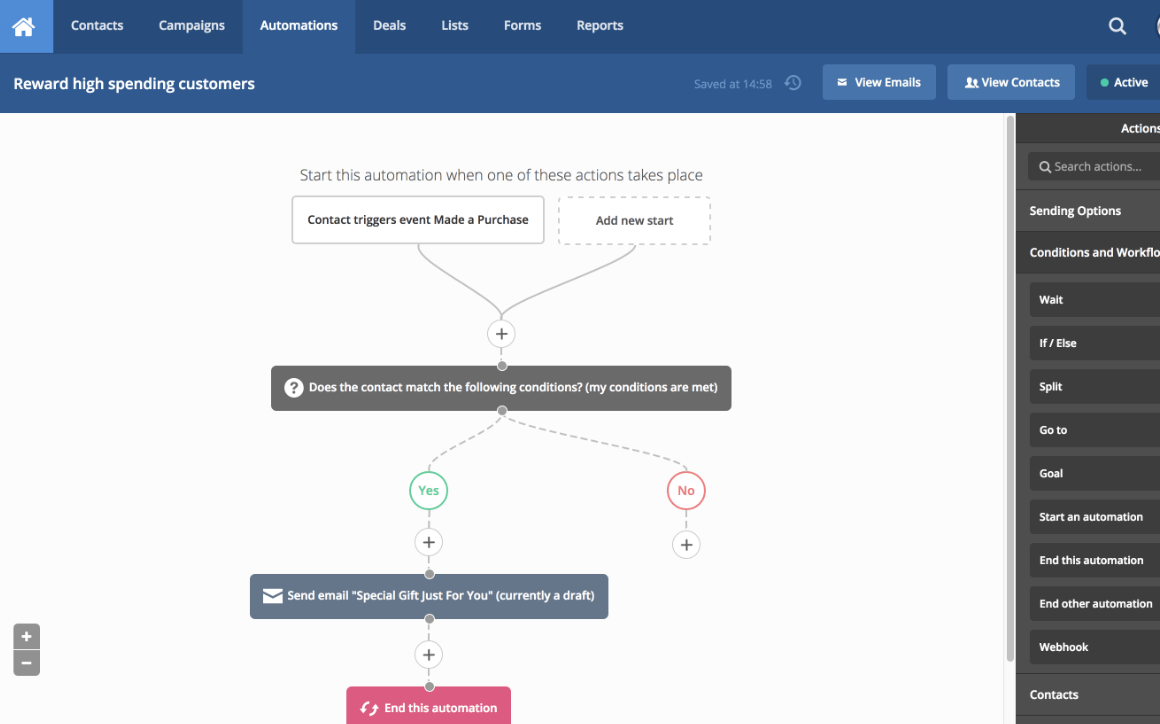


Managing change as a change driver – Infographic
Download the infographic here.

Practical agile for change managers – Part 1
Communications
A critical part of agile is being able to iterate and continuously improve in order to deliver an optimal solution. Rather than one large change release, an agile project would break this down into smaller releases. Each release will go through an iterative process to test, collect data, evaluate and use any learning to improve the next release.
If an agile approach is appropriate we should also adopt this same approach in how we deliver change management activities. This means that we should be running a series of experiments to test, learn, document and improve on how we deliver change to the organization.
This contrasts to how most change managers would approach developing and delivering the change approach. The standard approach is collecting various information about the change, talk to key stakeholders about the change, and then form a view based on previous experiences in terms of what change approach would work for this initiative. Then, this approach would be present to stakeholders to get their blessing before executing on the change approach.
Below is an example of planning to run experiments in an agile environment from Alex Osterwalder, the founder of Strategyzer. First is designing the experiment, shaping its hypothesis, and testing it, which involves looking at the outcome data, learning from the experiment and making any relevant decisions based on the outcome.

Referenced from Alexander Osterwalder.
In this first part of a series on practical agile applications for change managers we focus on communications.
Communicating for change is a critical part of managing change and is also one that can easily be tested using a series of experiments.
The Campaign Monitor has outlined a series of aspects in which emails can easily be tested. These include:
- Subject headlines
- Pre-header
- Date and time
- Call to action
- Content
Digital businesses also often conduct A/B Testing whereby 2 different sets of content are designed and delivered at the same time for the duration of the test. At the conclusion of the experiment we can then look at the results to see which one did better based on audience responses.
How do we measure communications experiments?
There are several ways to do this:
- Readership – For intranet pages, your corporate affairs rep can usually access readership statistics
- Surveys – Send surveys to the audience to ask for feedback
- Focus groups – Run small focus groups for feedback
There is one area in which corporate can better learn from digital businesses – using digital tools to measure and track communications. For example, you can send out emails promoting a new intranet page, and then check back to see how many users actually visited the site. The results may be helpful as an initial experiment before launching the email to a wider audience group to achieve maximum results.
There are plenty of external tools such as ActiveCampaign or Mailchimp where you are able to use features such as:
- A/B testing results
- Send emails are certain times or dates
- Automatic email responses
- Target particular segments
- View and click rates
In the following diagram you can see an example that it’s not difficult to build a drip-email series of interactions with your stakeholders based on their responses (or lack of).

It’s feasible to use these tools for a project where you can run a series of experiments and measure outcomes to support your change iterations.
Want to read more about agile? Visit our Ultimate Guide to Agile for Change Managers.

Why lots of functions think they are all experts in managing change
Click here to download this infographic.
